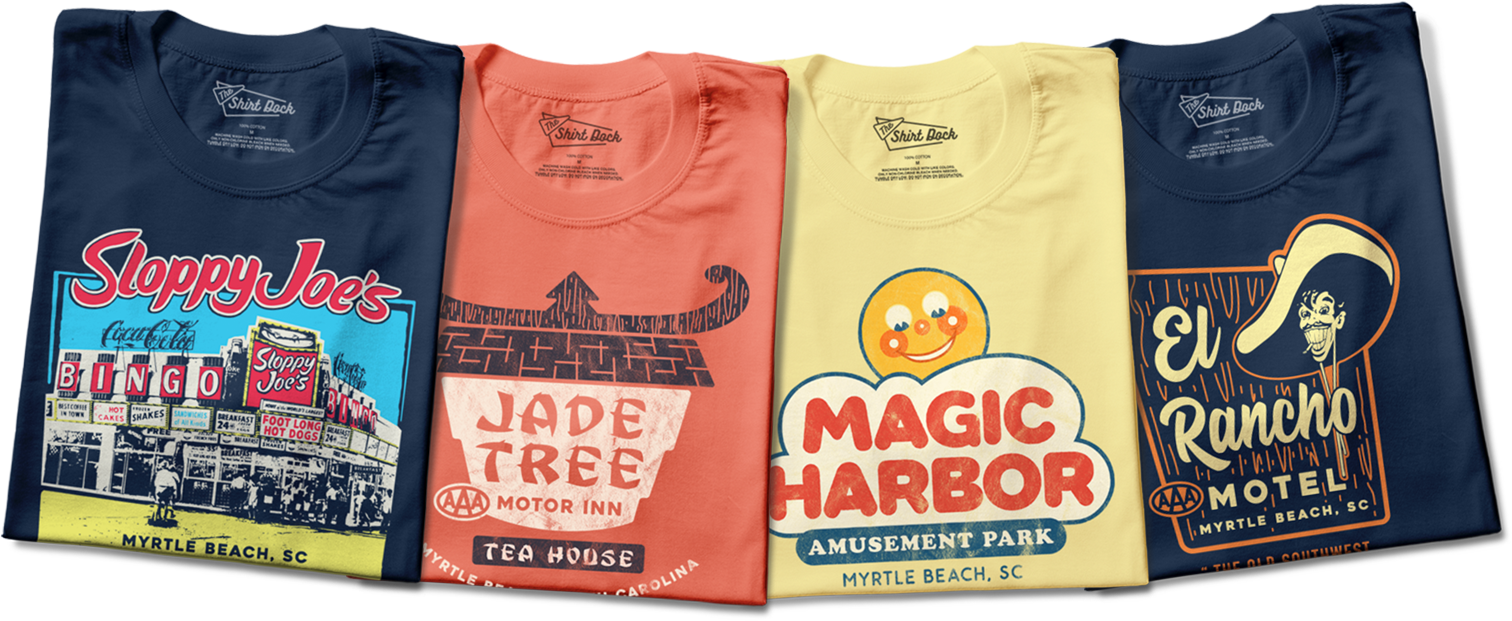How Branded Apparel Turns Customers into Walking Billboards: The Small Business Guide to Merch That Sells Itself
Every small business owner wants more visibility, but not every marketing strategy delivers lasting impact. Ads expire, social posts fade, and even the best campaigns eventually lose traction. One form of marketing, however, continues to generate impressions long after you stop paying for it: branded apparel.
When done right, custom merchandise transforms customers into living, breathing extensions of your brand. Each shirt, hoodie, or hat becomes a subtle yet powerful reminder of who you are and what your business represents.
This is not just about selling t-shirts. It’s about creating brand identity, community, and loyalty that lasts far beyond the initial sale.
The Psychology Behind Wearing a Brand
Humans are tribal by nature. We like to show others what we stand for. When a customer wears a small business’s logo, it sends a message: I believe in this brand.
Big companies like Nike, Apple, and Patagonia have built billion-dollar reputations on this principle, but it works just as well for small local brands. A well-designed logo on a comfortable hoodie or cap builds pride. It connects customers emotionally to your business, making them far more likely to stay loyal and refer others.
It also taps into a marketing concept called “social proof.” When people see others wearing your merchandise, they assume your business is trusted and established. The subconscious message is powerful: if others love it, maybe they should too.
Start with Quality and Authenticity
If your goal is to make branded apparel that sells itself, quality is everything. Poorly printed or cheap material tells customers your brand cuts corners. High-quality apparel, on the other hand, signals professionalism and care.
Choose soft, durable fabrics and invest in good printing or embroidery. Your designs do not have to be complicated; simplicity often stands out more.
Authenticity also matters. Avoid slapping your logo on a shirt and calling it a day. Instead, create designs that mean something to your audience. Maybe it’s a phrase your community relates to, an inside joke from your business journey, or a symbol that reflects your mission.
When people feel emotionally connected to your brand story, they’ll wear your apparel proudly and often.
Build Merch That Matches Your Brand Personality
Your apparel should reflect the personality of your brand. A small gym might go for bold athletic designs with motivational quotes. A local coffee shop might choose minimalist earth tones and cozy typography. A surf brand might lean into color and lifestyle imagery.
Before you design your first piece, ask yourself a few questions:
-
What emotion do I want my customers to feel when they wear this?
-
Will it look stylish enough for them to wear regularly?
-
Does it tell the story of my brand without needing extra explanation?
A brand with personality feels real, and that makes people want to join the movement.
Combine Merch with Community
Branded apparel works best when it’s part of something bigger than a sale. Think of it as a membership badge. Use it to build a sense of community among your customers.
Offer exclusive designs to repeat buyers or loyalty members. Run giveaways for those who share photos wearing your merch on social media. Create a hashtag that connects all your customers online.
You are not just selling shirts. You are inviting people into your story.
Some small businesses even build entire side revenue streams from branded merchandise. For example, a craft brewery that sells limited edition shirts for each new beer release can create hype and extra profit every month.
Promote Without Feeling Pushy
The beauty of branded apparel is that it markets itself when done right. Still, you need to give it an initial push.
Here are a few effective ways to promote your merch naturally:
-
Display it prominently in your store or on your website.
-
Bundle apparel with other products or services at a discount.
-
Offer free shirts to loyal customers who hit spending milestones.
-
Send new designs to influencers or local creators in your area.
If your products look good, people will want them. You don’t have to rely on heavy promotion to move inventory.
Pair Merch with Local SEO and Social Media
Combine your merchandise strategy with smart digital marketing and SEO. When someone searches for custom apparel near me or branded shirts for small businesses, you want your brand to appear.
Write blog posts or create videos showing how your merch supports your brand values. Tag local areas and keywords like small business apparel, custom hats and hoodies, or brand identity merchandise.
Post customer photos and stories on social media. Each tag or mention creates backlinks and engagement that improve your SEO ranking over time.
This connection between real-world products and digital visibility is what modern small business branding is all about.
Track the ROI of Your Branded Apparel
Even though apparel feels like a creative investment, it still deserves performance tracking. You can measure its impact through several metrics:
-
Sales of branded items over time.
-
Increase in repeat customer purchases after introducing merch.
-
Engagement rates from social posts featuring apparel.
-
Growth in direct and branded search terms on Google.
You might notice something interesting: even if your merchandise isn’t your biggest revenue stream, it often boosts other areas of your business. When customers wear your brand proudly, awareness rises, trust grows, and referrals happen organically.
